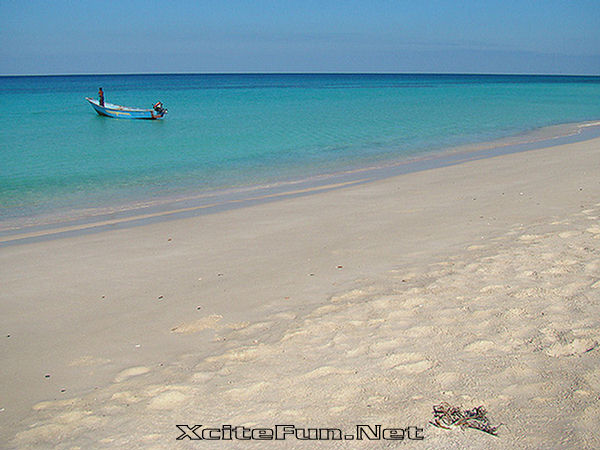The Archipelago of Socotra lies at the entrance to the Gulf of Aden between the Latitudes (12.18-12.24) north of the equator and the longitudes (53.19-54.33) east of Greenwich. It is about 380 km a way from Ras Fartak in the Yemeni eastern province of Maharah and about 553 miles away from Aden province.

Socotra stretches as a piece of land with an area of about 3650 square Km; up to a length 125 kilometer and width of 33 Km in the Indian Ocean, with an archipelago of small islands like AL-Akhawain island, Darsah island, Samh island and Abdul Kori island which is the most densely populated and is always known for its affluence of Diamonds collection. It is the second largest an archipelago after Socotra.

This enchanting and little known island also known as Suqatra. Isolated from the rest of the world its plants have evolved into many bizarre shapes and forms that are unknown in other parts of the world. One of the most famous of these is the Dragon’s Blood Tree the sap of which is used to make crystals that can be used as a dye or as an alleged aphrodisiac.

The plant depicted on the right is the strange Desert Rose (Adenium obesium) but sometimes more popularly called the Elephants Leg Tree. The Island is slowly becoming known to the world and has great potential for eco-tourism as long as the visitors don’t do more damage than good. Other species include the Cucumber Tree and the Socotran Fig. Socotra was listed as a World Heritage Site in 2008.




















